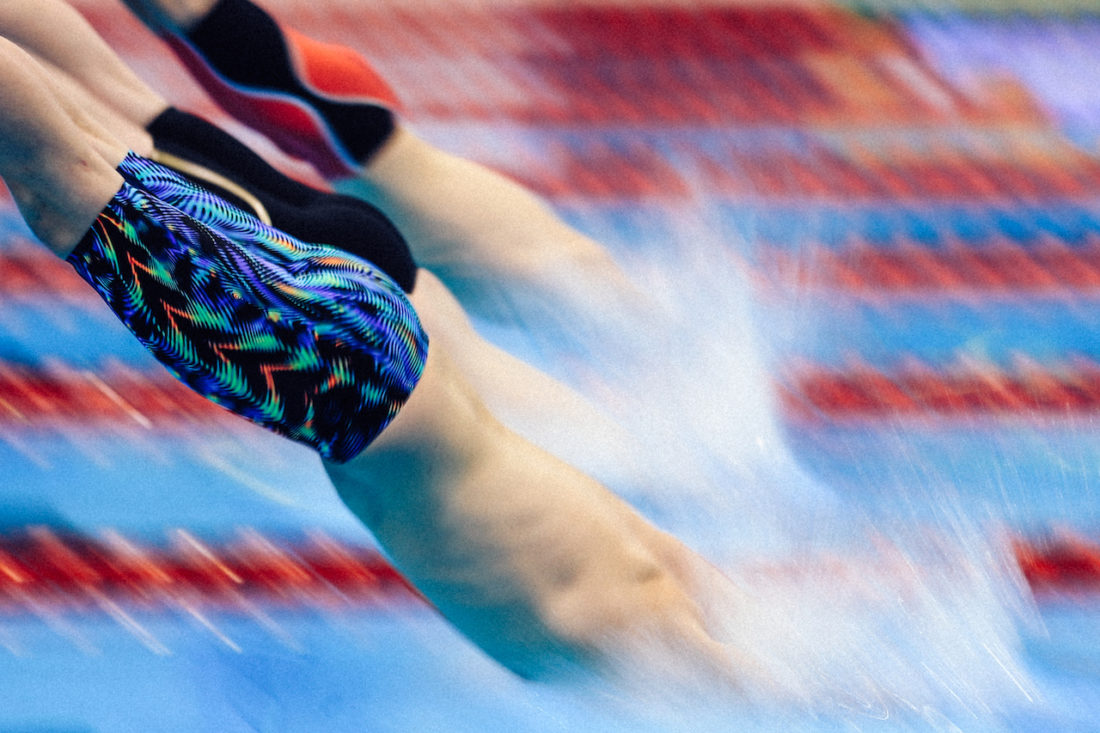Regular & Strenuous Exercise Raises Risk Of Motor Neurone Disease Among Genetically Vulnerable

Genetic profiling is the subject of debates on ethics, morals, the general direction of humanity and in sport any implications for gene doping, with a nod to the dark side of decision-making and outcomes, but a study that looks at the correlation between strenuous exercise and risk of motor neurone disease suggests that screening and tailored advice world be advisable in performance sport in the interests of athlete welfare.
A science team of researchers at the University of Sheffield has concluded that regular and strenuous exercise increases the risk of motor neurone disease, crucially “in people who are genetically vulnerable”.
The Sheffield team has been keen to note that nobody should stop exercising as a result of their study. Even so, they hope their findings may lead to finding ways of screening people who may be at higher risk of developing motor neurone disease and give tailored advice.
Such screening would be beneficial for any who pursue performance sport or regular fitness without knowing what it might mean for their health in the long-term. The numbers of those vulnerable are significant: around 1 in 300 people will develop motor neurone disease, the Sheffield teams notes.
Motor neurone disease affects a person’s ability to move, talk and even breathe when the neurones that carry messages from brain to muscles fail. The condition can lead to a significant shortening in the life of the sufferer.
The researchers analysed data from the UK Biobank project, which has detailed genetic samples from half a million people.
They used a technique called Mendelian randomisation to turn that data into an experiment, and showed people whose DNA makes them more likely to do strenuous activity were more likely to get MND.
The study, published in the journal EBioMedicine, also showed that “many of the genes known to increase the risk of motor neurone disease change their behaviour in response to exercise; and that people with the most common mutation linked to MND develop the disease at an earlier age if they exercise strenuously”.
The researchers defined strenuous and regular exercise as more than 15-30 minutes on more than 2-3 days per week, far less than the workload of swimmers and other athletes at the elite level and even less that vast shoals of junior swimmers, for example. Most of those people will never develop the condition.
Some will. The connection between motor neurone disease and exercise has long been established but as a BBC report notes today: ” … whether it was a genuine “cause” or just a “coincidence” has been the source of fierce debate”. The condition has afflicted several big names in sport.
James Gallagher, the BBC’s health and science correspondent, notes: “Studies in Italian footballers have suggested rates up to six times higher than normal. Athletes including Rob Burrow (rugby league), Stephen Darby (football) and Doddie Weir (rugby union) have all spoken openly about the disease.”
Read the full BBC report, including why Dr Johnathan Cooper-Knock, one of the Sheffield researchers, says: “The numbers of high profile athletes affected with MND is not a coincidence.”
Prof Dame Pamela Shaw, the director of the Neuroscience Institute in Sheffield, tells the BBC: “This research goes some way towards unravelling the link between high levels of physical activity and the development of MND in certain genetically at-risk groups.”